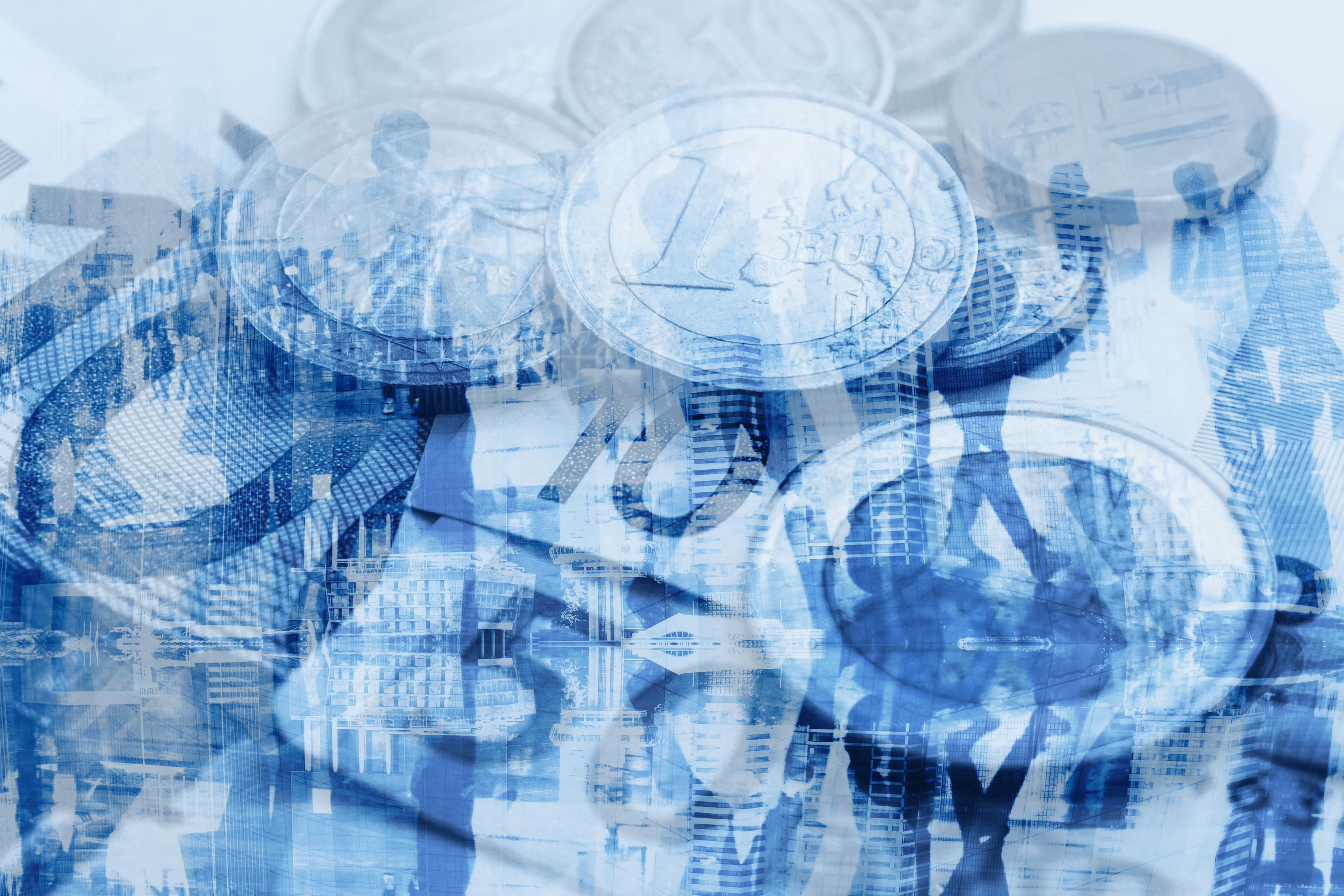
Thanks to the growth of consumption and investments, the Croatian economy grew in the second quarter of this year, for the 10th quarter in a row, but growth slowed slightly to 2.7 percent on an annual basis.
Oglas
The State Bureau of Statistics (DZS) published the preliminary estimate on Tuesday, according to which gross domestic product (GDP) grew by 2.7 percent in real terms in the second quarter compared to the same period last year.
This is slightly slower growth than in the first quarter of this year, when GDP grew by 2.8 percent, but it is already the 10th quarter in a row that the economy has grown.
GDP growth in the second quarter is due to the growth of most components of GDP, especially consumption and investments.
According to data from the DZS, household consumption, which is the largest component of GDP, increased in the last quarter by 2.3 percent compared to the same period a year earlier, slightly faster than the 1.4 percent growth in the previous quarter. .
Gross investments in fixed capital increased by 3.2 percent on an annual basis, slower than in the previous quarter, when growth amounted to 3.9 percent.
Government spending also increased, by 0.3 percent, after having strengthened by 2.2 percent in the previous quarter.
On the other hand, exports of goods and services fell by 1.6 percent on an annual basis, after strong growth in the previous quarters. At the same time, the export of goods fell by 9.7 percent, while the export of services increased by 8.3 percent.
The import of goods and services decreased by 3.6 percent at the same time, significantly more than in the previous quarter, when it slipped by 0.8 percent. At the same time, the import of goods decreased by 7.3 percent, while the import of services increased by 23.9 percent.
Growth faster than the EU average
According to seasonally adjusted data from the DZS, the economy grew by 2.5 percent on an annual basis in the second quarter, while it grew by 1.1 percent on a quarterly basis.
Thus, the growth of the domestic economy is faster compared to the average in the EU.
Eurostat recently announced that in the past quarter, according to seasonally adjusted data, the EU economy stagnated compared to the previous quarter, while it grew by 0.5 percent year-on-year.
In the second quarter, the economy of the eurozone grew by 0.3 percent on a quarterly basis, and by 0.6 percent on an annual basis.
Kakvo je tvoje mišljenje o ovome?
Pridruži se raspravi ili pročitaj komentare
Oglas
Kakvo je tvoje mišljenje o ovome?
Pridruži se raspravi ili pročitaj komentare
Oglas
NAJČITANIJE
Oglas
Oglas
Najnovije
Oglas
Oglas



 Srbija
Srbija
 Bosna i Hercegovina
Bosna i Hercegovina
 Slovenija
Slovenija


























































